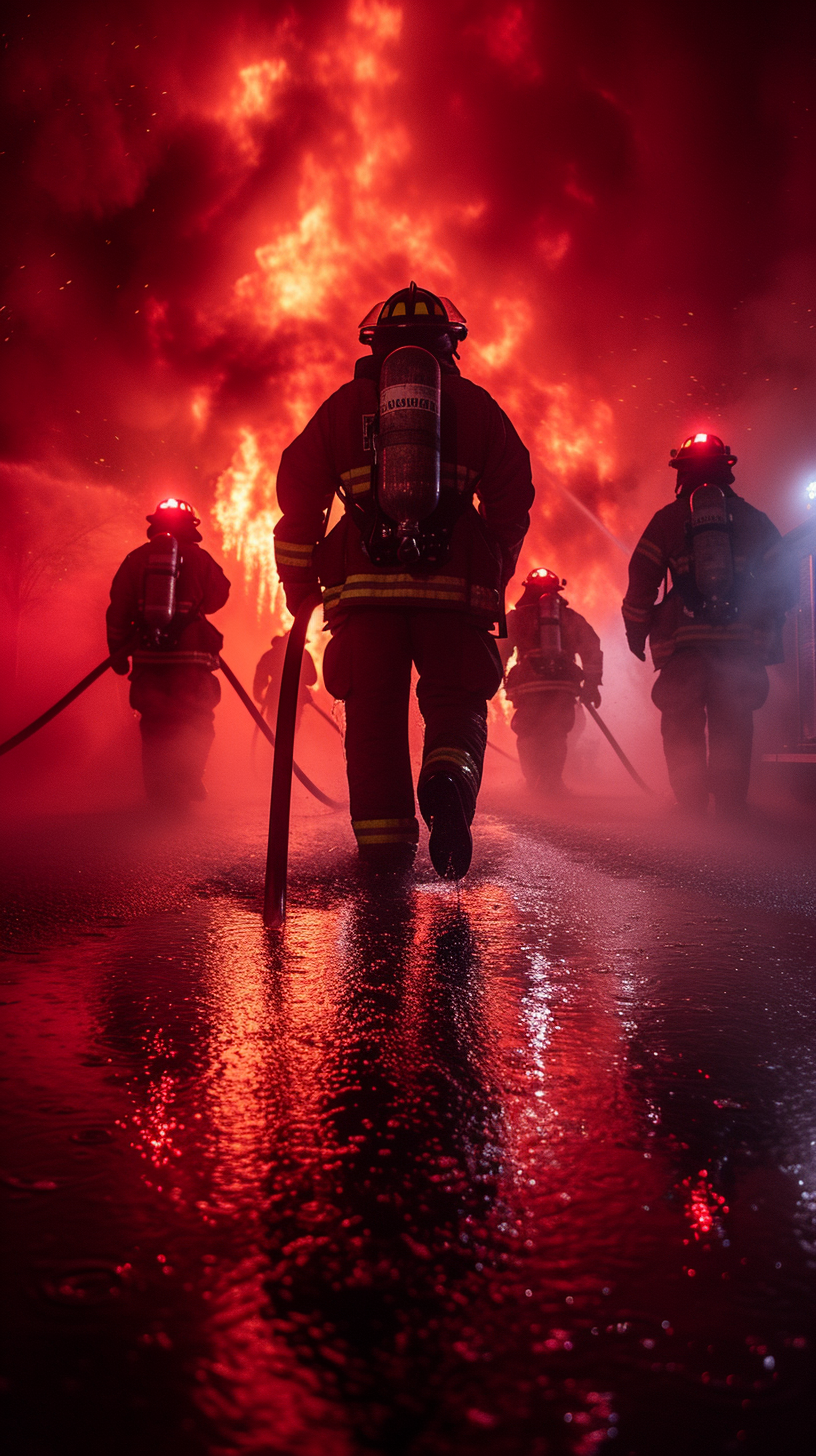This summer, Americans across the country are experiencing unprecedented heat waves that have left many wondering if indoor living during the summer months is becoming the new norm. Climate change continues to drive extreme weather patterns, with record-breaking temperatures being reported from coast to coast.
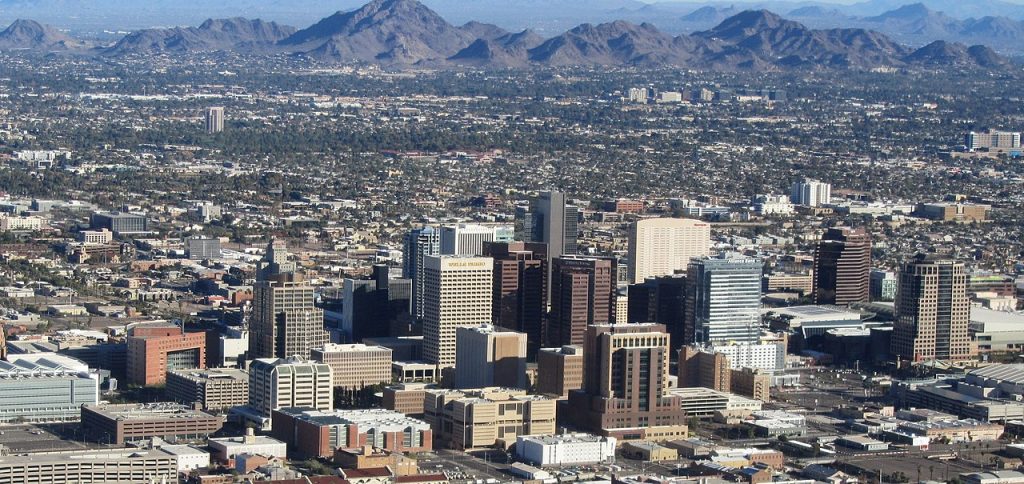
In Phoenix, Arizona, the city recently endured its longest streak of days with temperatures above 110 degrees Fahrenheit, lasting 31 days. This extreme heat has strained power grids and increased the risk of heat-related illnesses, prompting authorities to open cooling centers and advise residents to stay indoors during peak heat hours.
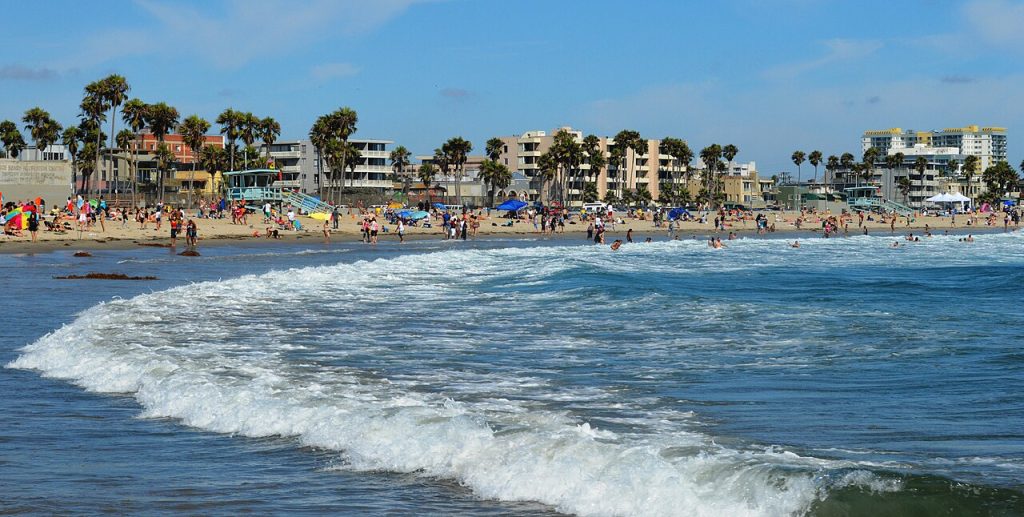
California has not been spared from the scorching temperatures either. Los Angeles reported temperatures soaring above 100 degrees Fahrenheit, prompting the National Weather Service to issue heat advisories. In the Central Valley, where agricultural activities are concentrated, the relentless heat has raised concerns over crop viability and worker safety.

The East Coast is also feeling the heat, with New York City experiencing its hottest day in over a decade, reaching 99 degrees Fahrenheit. The heat wave led to increased energy consumption as residents cranked up their air conditioners, causing power outages in several neighborhoods.
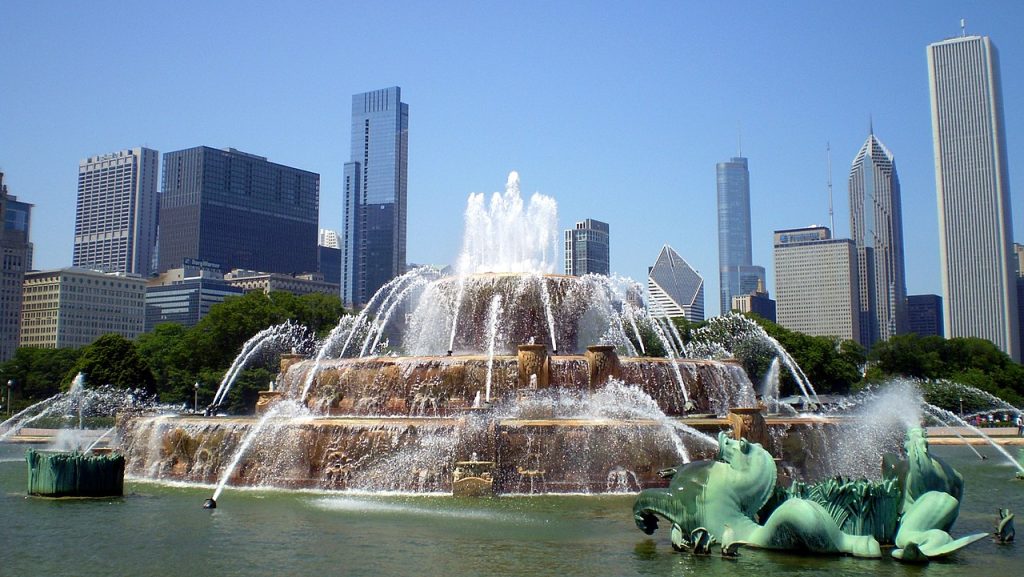
The Midwest, traditionally known for its milder summers, has also been affected. Chicago recorded temperatures in the high 90s, with humidity levels making it feel even hotter. Public health officials have urged residents to stay hydrated and avoid strenuous activities outdoors.
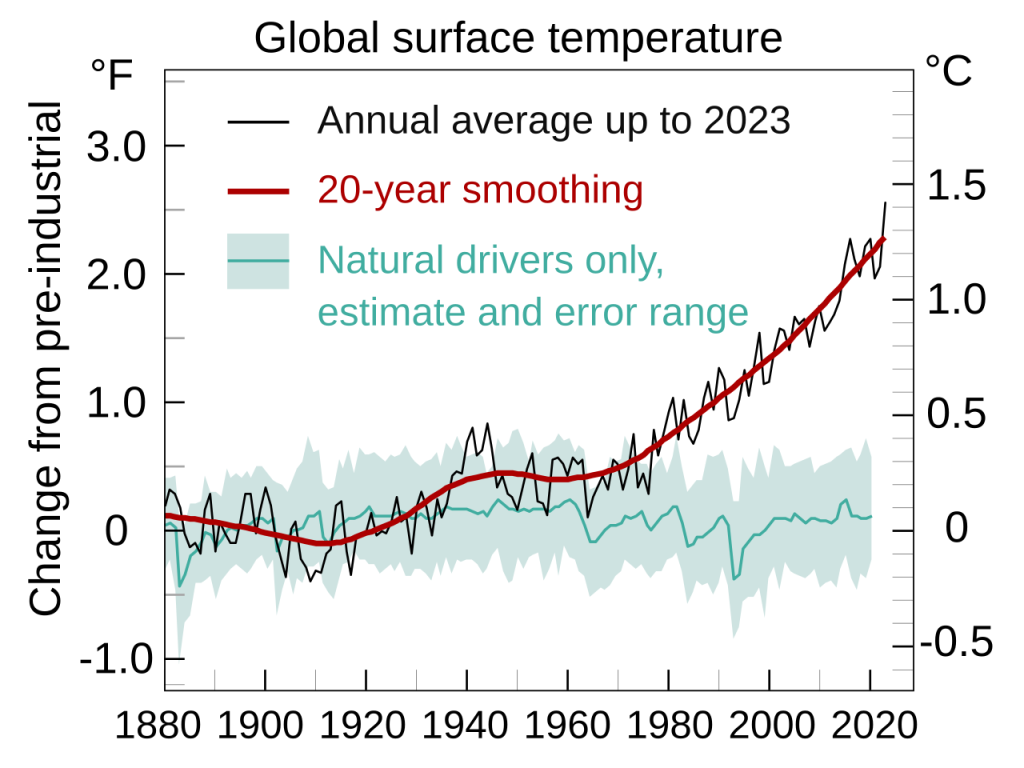
According to climate scientists, these extreme temperatures are a direct result of global warming. Greenhouse gas emissions have led to a rise in average global temperatures, causing more frequent and intense heat waves. The World Meteorological Organization reported that the past eight years have been the warmest on record, with 2023 set to join the list of hottest years.

The impact of these heat waves extends beyond just discomfort. Public health experts warn that prolonged exposure to high temperatures can lead to heat exhaustion and heatstroke, particularly among vulnerable populations such as the elderly, children, and those with pre-existing health conditions. Emergency rooms across the country have seen a surge in patients suffering from heat-related ailments.
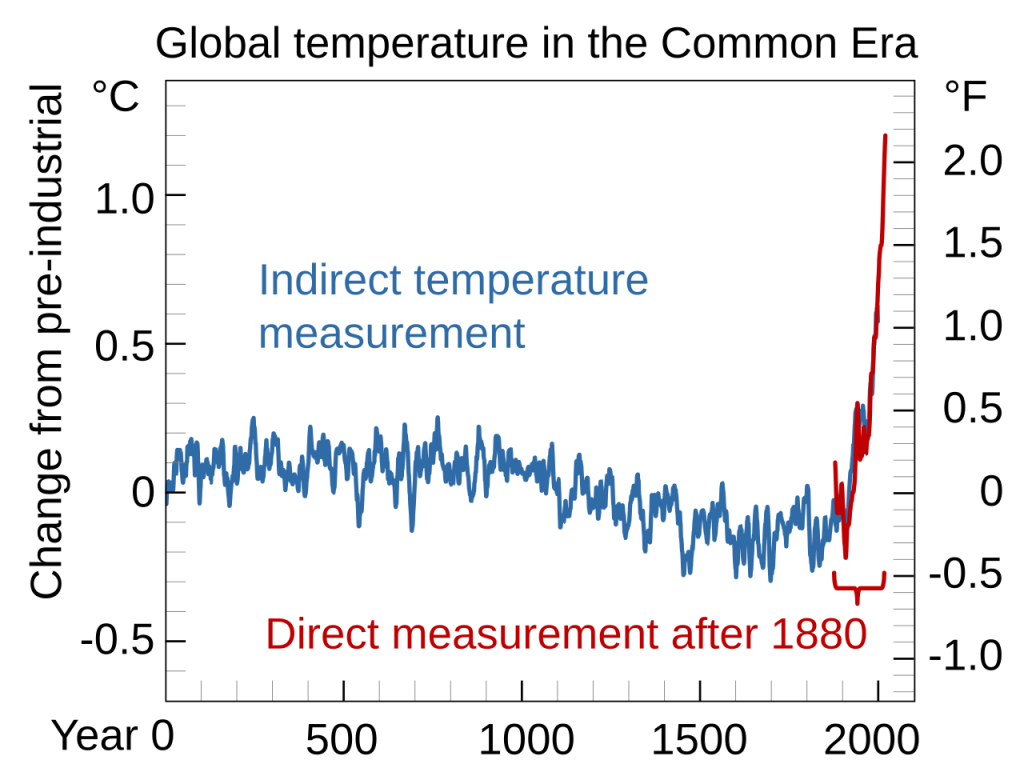
In addition to health concerns, the economic impact of extreme heat is significant. Businesses, especially those reliant on outdoor activities, are facing disruptions. Construction projects are being delayed, and outdoor events are being canceled. The agricultural sector is particularly hard hit, with crop yields expected to decline due to the heat stress on plants.
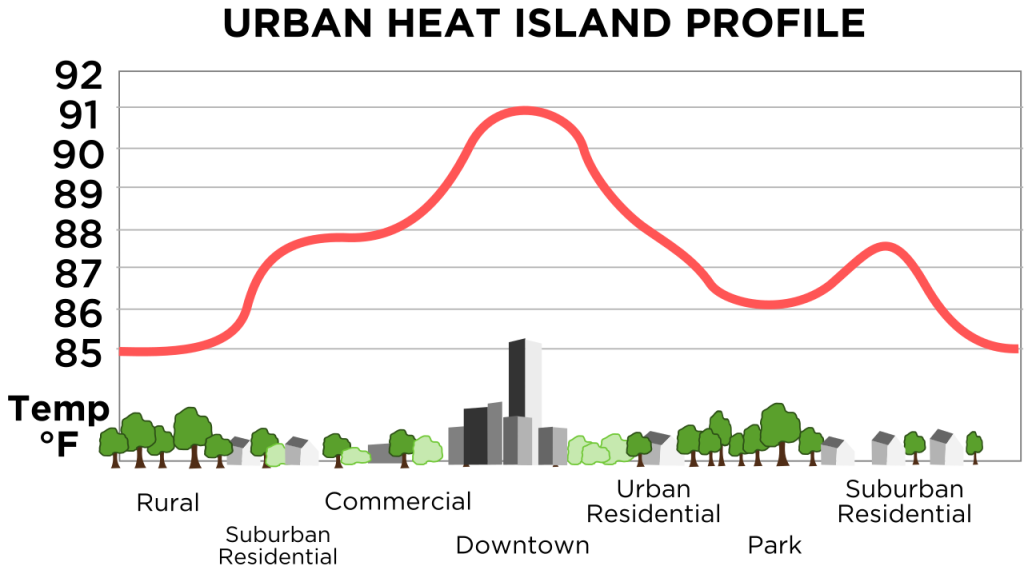
Urban areas are especially vulnerable to heat waves due to the urban heat island effect, where concrete and asphalt absorb and retain heat. Cities like Houston and Miami are exploring solutions such as increasing green spaces and implementing cool roofing materials to mitigate this effect.
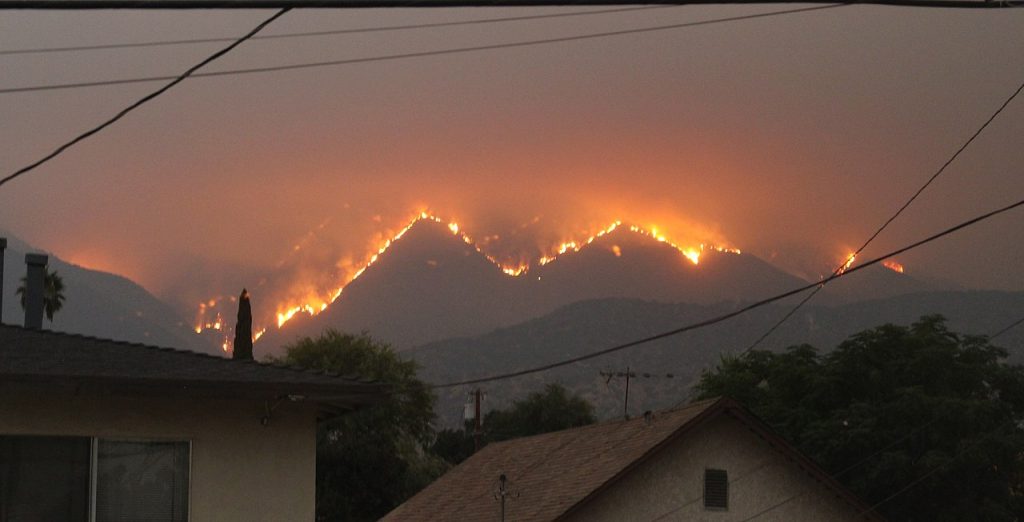
Compounding the heat crisis is the worsening air quality due to forest fires. This summer, extensive wildfires have erupted across the western United States, particularly in states like California, Oregon, and Washington. The smoke from these fires has spread across the country, affecting air quality thousands of miles away. According to the National Interagency Fire Center, over 3.5 million acres have burned this year, leading to significant air pollution.
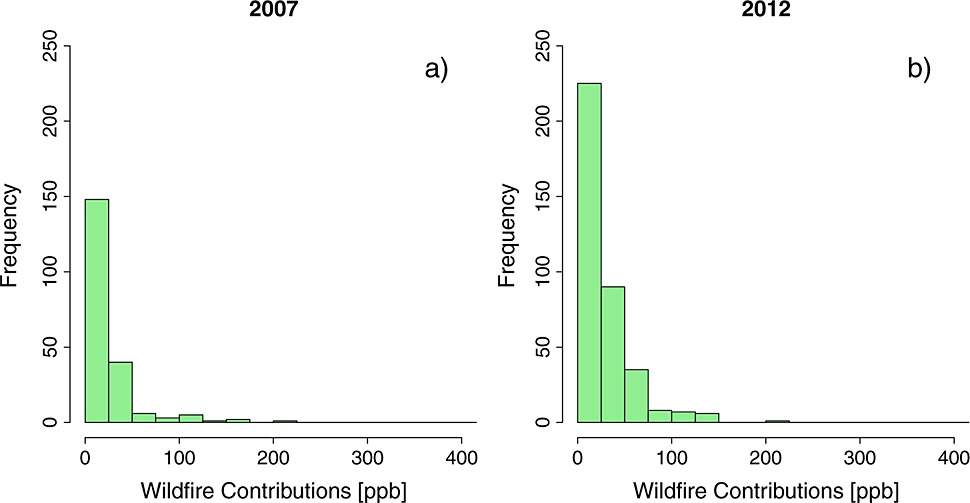
Air quality indices (AQI) in many regions have reached hazardous levels. In parts of California, the AQI has exceeded 300, a level considered hazardous to all individuals, not just those with pre-existing health conditions. The smoke contains fine particulate matter (PM2.5), which can penetrate deep into the lungs and enter the bloodstream, causing respiratory and cardiovascular issues. The American Lung Association has reported an increase in hospital admissions for asthma and other respiratory problems during wildfire events.

The situation has prompted calls for increased climate action. Environmental organizations are urging policymakers to take bold steps to reduce greenhouse gas emissions and invest in renewable energy sources. Adaptation strategies, such as improving infrastructure to withstand extreme temperatures and developing early warning systems, are also being emphasized.
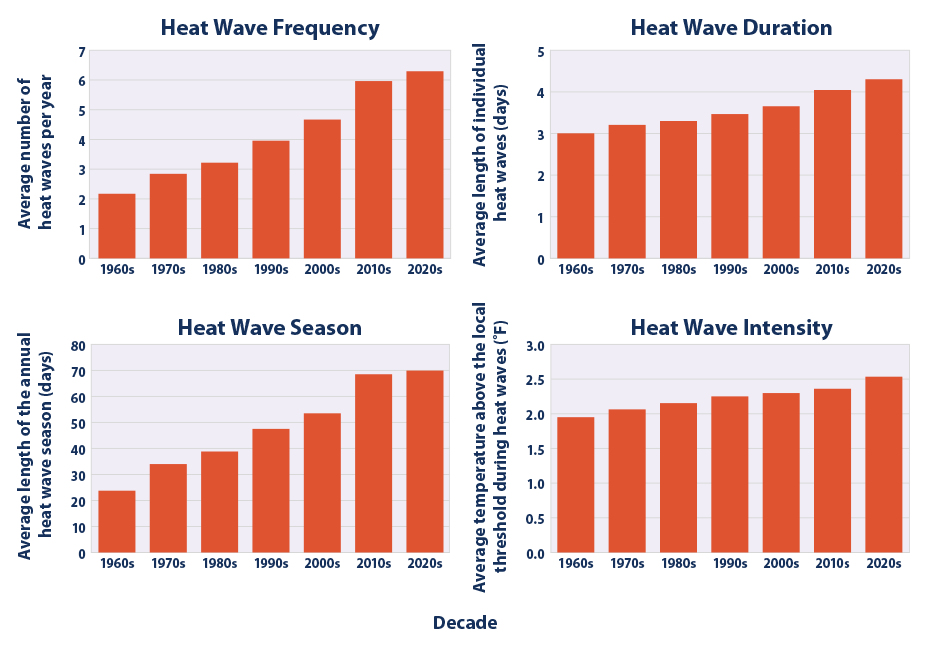
As the frequency and intensity of heat waves and wildfires continue to rise, it is becoming clear that society must adapt to a new reality. While staying indoors during the peak of summer may seem like an inconvenience now, it could become a necessity in the future as climate change continues to reshape our environment.

